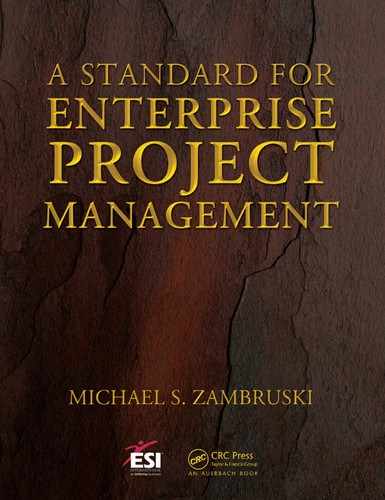Chapter 1
Introduction
This handbook describes policies, procedures, techniques, and tools for the uniform management of projects throughout an organization. They combine standardization with responsive flexibility and best practices to achieve on-budget, on-schedule performance while carefully managing scope, quality, and risk for all projects regardless of size or complexity.
Figure 1.1 outlines the overall context of the processes, key documents, and activities specified in this handbook. It portrays project management as the logical sequence of how work should progress from the idea stage in the Business Domain to the implementation stage in the Operations Domain, with a clear indication at each step of what the deliverables are.
By portraying the Project Domain in this overall context, attention is drawn to those activities that must precede and follow a project in order for it to be considered a true success. In the Business Domain there must be a vision (or TO BE state) of the business and an associated mission (or AS IS state), together with the particular goals that support the vision and mission. These constitute the direction of the enterprise. In the Project Domain is where the more abstract elements of vision, mission, and goals evolve into concrete work delineated in the Charter, Business Requirements Document, and Statement of Work. Finally, in the Operations Domain the results of the project are implemented into day-to-day activities and thus represent the true improvements to the enterprise.

